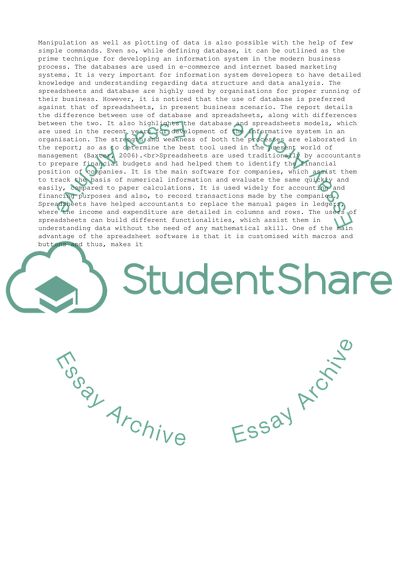Cite this document
(“Managing Business Information (report) Assignment”, n.d.)
Managing Business Information (report) Assignment. Retrieved from https://studentshare.org/management/1629065-managing-business-information-report
Managing Business Information (report) Assignment. Retrieved from https://studentshare.org/management/1629065-managing-business-information-report
(Managing Business Information (report) Assignment)
Managing Business Information (report) Assignment. https://studentshare.org/management/1629065-managing-business-information-report.
Managing Business Information (report) Assignment. https://studentshare.org/management/1629065-managing-business-information-report.
“Managing Business Information (report) Assignment”, n.d. https://studentshare.org/management/1629065-managing-business-information-report.


